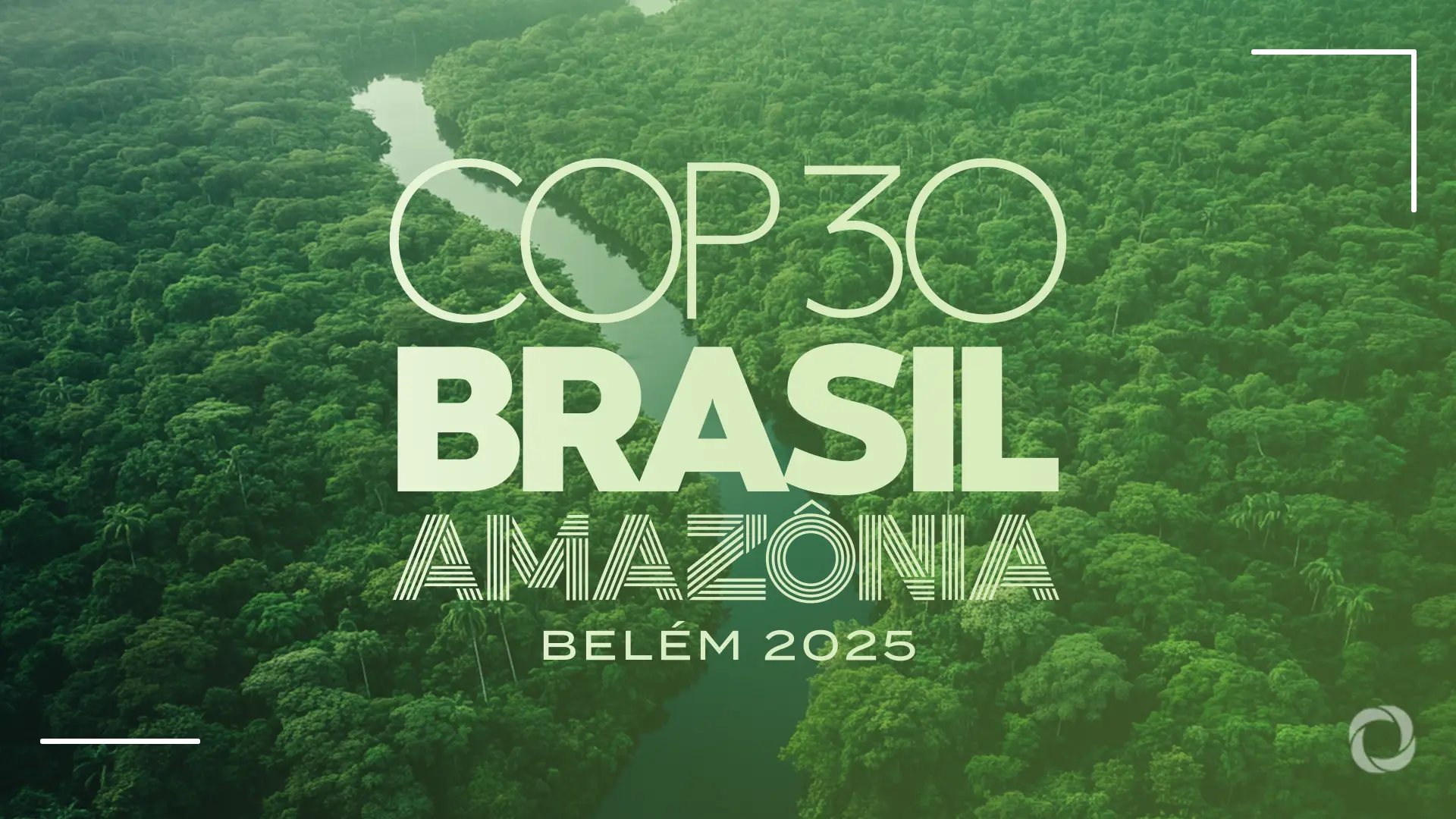The analysis by the campaigning organisation, shared with CocoaRadar, covers credit- and investment-related income largely between 2016–2024 (with bond and equity positions assessed to May 2025).
Global Witness approached all financial institutions named for comment; key responses are summarised below.
The Headline Numbers
Global Witness reports that since the Paris Agreement, global finance has continued to reward forest-risk business models:
- $26bn: income earned by nearly 4,000 financial institutions from investments, loans and underwriting tied to 50 companies linked to deforestation.
- By financial centre: US institutions earned $5.4bn; EU institutions $3.5bn; UK institutions $1.2bn; all other countries $15.9bn.
- Top country earners: US ($5.4bn) and Indonesia ($4.9bn), followed by the Netherlands, France and the UK (each ~$1.2bn).
- By sector: pulp & paper (48% of income) and palm oil (41%) dominate, with soy (4%), beef (3%), rubber (3%) and timber (1%) trailing.
- Segment-adjusted: figures reflect the share of each company’s business exposed to forest-risk commodities in tropical regions. Counting all activities lifts total earnings to $104.7bn.
“Trying to increase nature-positive finance…without addressing the negative is fighting a losing battle,” Professor Nicola Ranger of the London School of Economics told Global Witness.
A System Profiting From Forest Loss
The report argues that despite high-profile pledges to end deforestation by 2030, destruction has escalated, with 2024 marking a record spike. It links this to the ease with which commodities, including cocoa, produced on cleared land are traded — and financed.
The top five individual bank earners are reported to be from Indonesia and Brazil, led by Bank Central Asia (about $1.1bn), largely via palm oil and pulp & paper. In total, more than 2,000 US-based institutions earned the most overall, driven predominantly by asset managers Vanguard, BlackRock and Capital Group holding shares in forest-risk firms.
Among EU players, BNP Paribas is cited as the largest earner ($810m, ~90% tied to pulp & paper), followed by Rabobank ($750m). In the UK, HSBC, abrdn (Aberdeen) and Schroders lead.
Brazil’s public lender BNDES reportedly ranks second globally ($868m) despite a sustainability mandate; it is a major shareholder in JBS, long criticized for sourcing risks in Brazil’s Amazon and Cerrado.
On China, the analysis finds cumulative income in the global top ten, driven mostly by credit rather than equity investments, with lenders including CITIC, ICBC and Bank of China among significant creditors to forest-risk conglomerates.
Income, Hectares Cleared — But Incentives Matter
Global Witness cautions that bank income is not a direct proxy for on-the-ground forest loss. High earnings in pulp & paper and palm oil reflect capital-intensive business models that rely heavily on loans and bond issuance, not necessarily larger areas cleared than beef or soy, which research has shown to be major deforestation drivers.
Locality also shapes flows: Indonesian and Brazilian firms often rely on domestic lenders for cost and relationship reasons; development banks (e.g., BNDES) have explicit national mandates, concentrating financing — and incomes — at home.
Case Studies and Sector Snapshots
- Palm oil generated an estimated $10.6bn in financier income. Wilmar — which has a 2013 “No Deforestation, No Peat, No Exploitation” policy — is named among major firms; its top financers include DBS, OCBC and HSBC. Wilmar rejects claims it continues to drive deforestation, citing suspension and remedial measures and ongoing monitoring.
- Beef: For cattle, the top 10 financers were all US or Brazil-based; over 21% of income accrued to Capital Group, BlackRock and Vanguard, reflecting the outsized role of asset managers. JBS, the world’s largest meat company, is linked in the report to sourcing from risk areas in the Cerrado and Apyterewa Indigenous territory. JBS says it enforces responsible sourcing, supply-chain monitoring and sectoral engagement, and that purchases complied with policies at the time.
- Soy: Over one-third (33.5%) of soy-derived income is linked to US institutions; Japan is second (about 9%). Cargill is cited for historical links to deforestation in Brazil and Bolivia; it declined comment for this report.
What Banks and Companies Say
- BNP Paribas says it is “strongly committed” to fighting deforestation, disputes aspects of the methodology, and points to a policy requiring clients to achieve zero deforestation in supply chains by 2025, with compliance checks from 2026.
- BNDES disputes a clear link between its financing and deforestation, citing blocks on funding for landowners involved in illegal clearing and other safeguards.
- HSBC refers to its Net Zero Transition Plan’s nature section and does not comment on specific clients.
- JBS rejects Global Witness’s characterization and outlines a five-pillar sustainability approach.
- Wilmar refutes ongoing deforestation links and details monitoring, a “suspend first” policy, and conditions for re-joining the High Carbon Stock Approach.
- Multiple institutions — including BlackRock, Capital Group, JPMorgan Chase, Bradesco, and others — declined to comment or did not respond.

COP30 and the Tropical Forests Forever Facility
The findings land as delegates arrive for COP30 in Belém, where Brazil plans to launch the Tropical Forests Forever Facility (TFFF) — a proposed $125bn fund investing in global markets and channelling returns to tropical forest nations, with at least 20% for Indigenous Peoples and local communities.
Global Witness frames a central contradiction: the same financial system poised to help protect forests has been profiting from deforestation. For the TFFF to work, the group argues, it must be paired with binding financial-sector rules that prohibit financing deforesting companies, robust accountability, and greater direct support to frontline communities.
“The financial system must support those who protect, not those who devastate,” says Kawowe Parakanã, an Indigenous leader from Apyterewa. “Stop investing in death; support those who protect the forest.”
Policy Landscape: Promises, Delays and Loopholes
Global Witness says voluntary initiatives — such as GFANZ and sector roadmaps — have not stemmed deforestation-linked finance. It highlights:
- EU: The EU Deforestation Regulation (EUDR) could save more than 8 million ha in its first decade, according to the group, but faces dilution and delay. Complementary measures, including the Corporate Sustainability Due Diligence Directive, remain contested.
- UK: A 2021 law enabling due diligence on “illegal” deforestation remains unenacted, pending secondary regulations and a promised Treasury review of the financial sector’s role.
- US: Climate-risk disclosure rules are on hold and the FOREST Act has stalled.
- China: The world’s largest soy importer lacks binding deforestation-free supply-chain rules; green-finance guidance exists, but major lenders remain significant financiers of forest-risk sectors.
- Indonesia: Reporting requirements have improved, but no law currently prohibits financing of natural-ecosystem conversion, and state-backed projects still risk large-scale clearing.
How the Analysis Was Undertaken
Global Witness says it first identified 50 companies with credible, publicly reported links to deforestation or land conversion across six commodity chains (cattle, soy, palm oil, rubber, timber, pulp & paper). Profundo then analyzed 343,903 financial deals drawn from Forests & Finance (sources include Bloomberg, Refinitiv, IJGlobal, filings and media archives).
Income includes fees and interest from corporate loans, revolving credit, and bond/share underwriting (2016–2024), dividends on listed equities (2016–May 2025), and coupon income from corporate bonds (to May 2025). A segment-adjustment factor attributes only the proportion of income linked to forest-risk segments of each business.
CocoaRadar’s takeaway
A decade on from Paris, Global Witness contends that banks and asset managers have widened the forest-finance gap: limited climate-positive funding is being outpaced by profitable flows to forest-risk companies. With COP30 set in the Amazon, the group argues that rules to defund deforestation — not just new funds — are essential to meet 2030 goals.
- Download the full Global Witness report: https://gw.hacdn.io/media/documents/Banks_make_26_billion_in_a_decade_of_financing_deforesting_companies_Oct_2025.pdf
- COP30 takes place in Belém, Brazil, from 6-21 November 2025. More details here.
[Used with permission under the Global Witness public interest journalism policy]

